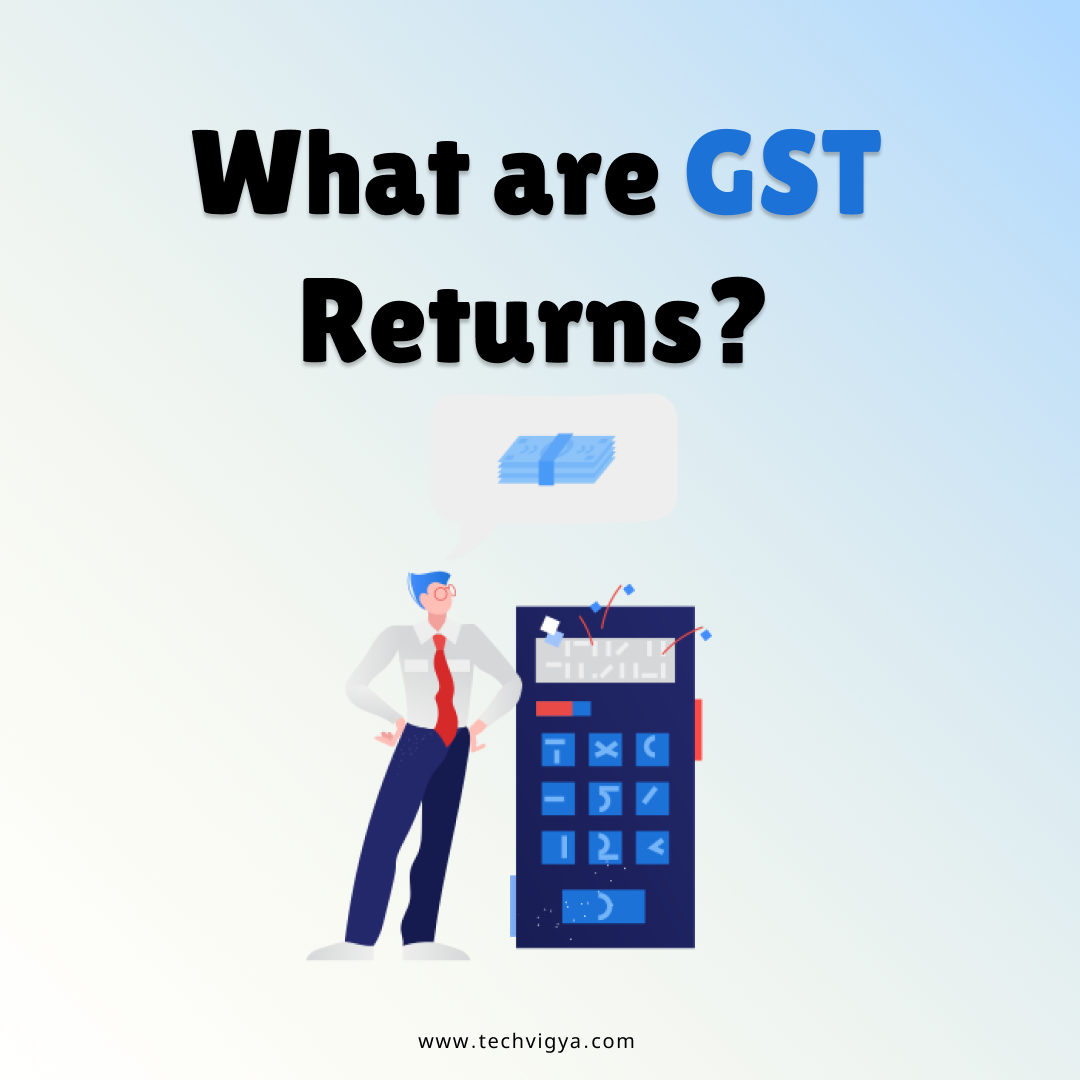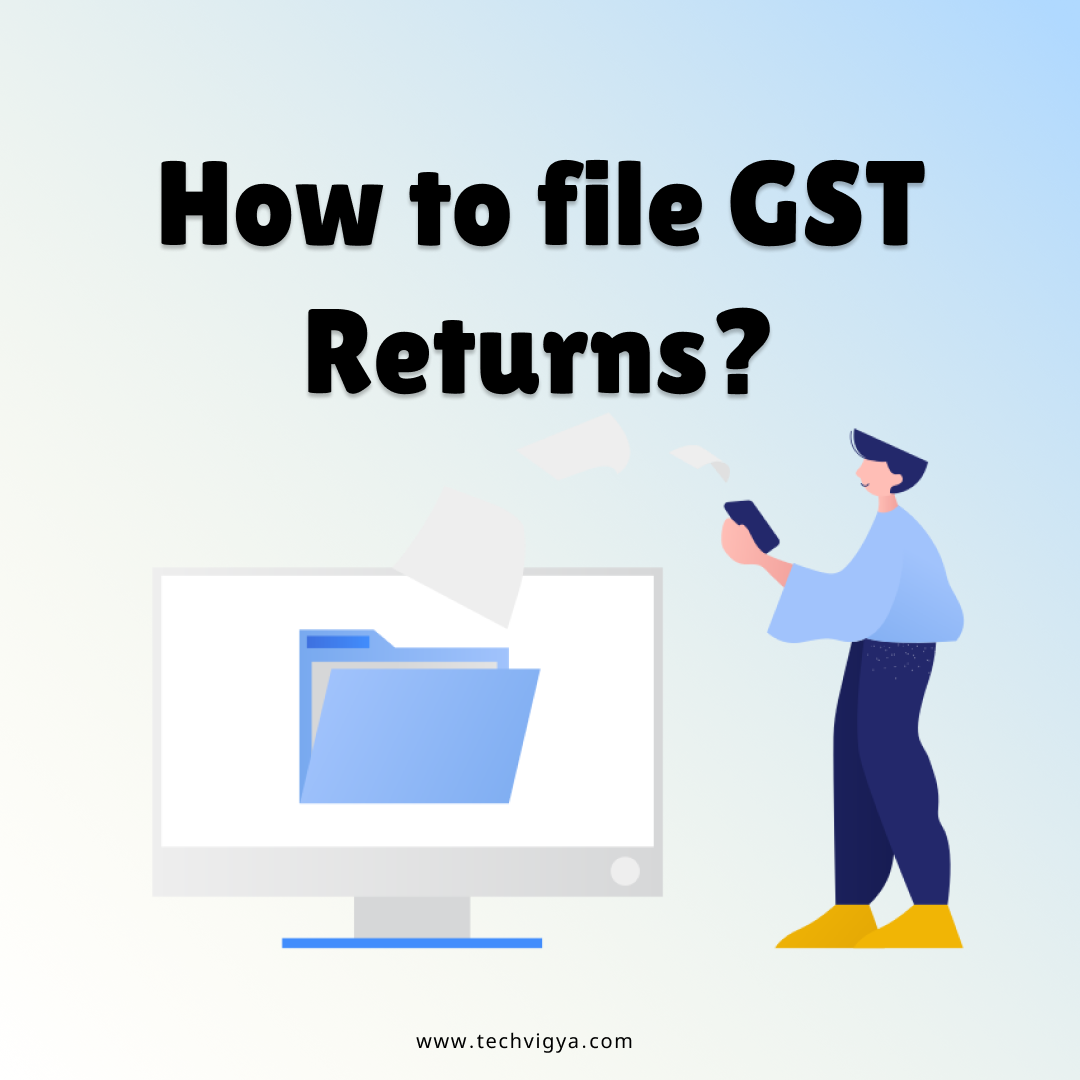How to File GST Returns in India?
Taxes are a crucial part of the overall revenue a government generates. The income generated from taxes is usually invested in various development projects of the country. While there are many taxes in India, GST was quite the news until recently.
This recent tax reform in India has changed the game of tax evasion to a great extent. And traders and businessmen need to be aware of their responsibilities so that they can avoid any problems in the future.
One of the most significant changes brought by the Goods and Services Tax (GST) is filing monthly returns to be compliant with the tax laws of India. There are a lot of things you need to know about GST filing, including what GST Returns are, how you file them, who needs to file them, etc. So if you are in business, the new Goods and Services Tax (GST) will impact the way you do business in India. This article will introduce you to the basics of GST.
What is GST?
The Goods and Services Tax (GST) was introduced in India in July 2017 as a part of the Indian government's efforts to reform the taxation system. GST, also known as Goods and Services Tax, is one of the most basic types of indirect taxation today, and it is implemented worldwide, including in Canada and the United States.
The GST is a type of indirect tax collected by the central government from consumers, based on the value of goods or services sold. It replaces other taxes, such as Value Added Tax, Excise Duty, Service Tax, and Central Sales Taxes to simplify the process.

What are GST Returns?
A GST return refers to a document having all the GST invoices, payments, and receipts for a specific period. A taxpayer is liable to declare all the transactions related to a business revenue based on which the authorities will calculate the amount of tax to be paid by the company.
A GST return filing needs you to fill out the form based on the type of taxpayer you have registered. There are a total of 22 GST forms. However, you must wisely decide what form you should fill out to pay your GST tax based on your business
Who Has to File a GST Return?
GST, or Goods and Services Tax, is levied on the sale, manufacture, or consumption of goods and services. Every person who makes any taxable supply has to pay tax. So, if you are running a business, your company must register for the GST and file an Income Tax Return every month. Filing a return is mandatory even if you do not owe any taxes. You can file an online GST return or an offline return.
Documents Required
The documents required for each type of GST return may vary. And the list of documents required is very long because of the different types of GSTs available. However, we have gathered a list of essential documents for all types of GST returns.
- List of Invoices (B2B Services, B2C Services)
- Customer GSTIN
- Type of Invoice
- Invoice Number
- Place of Supply
- GST Rate
- Taxable Value
- Amount of CGST, SGST, IGST, and GST Cess applicable.
- Consolidated intra-state and inter-state sales.
- HSN-wise summary details.
- Summary of requisite documents i.e. Debit and Credit Note.

How to file GST returns?
The process of filing GST online is quite simple and complex at the same time. You can use software that the Goods and Service Tax Network (GSTN) has provided to file your GST tax. The software will auto-populate the forms.
Let us have a look at the procedure to file GST online;
Step 1
Visit the portal www.gst.gov.in. But before you file a return, ensure that you have a GST-identification number on the basis of our state code and your PAN card number. If you do not have one, first register yourself online and generate your unique GST identification number.
Step 2
Once you are in the portal, click on the services button and then click on the returns dashboard. From this dashboard, a dropdown menu will open. Choose the financial year and return filing month for which you are filing your GST.
Step 3
In this step, choose the return type you want to file, and click on prepare online. After that, fill in all the required values, including the amount and any applicable late fee.
Step 4
Once you are done filling in all the details, click on save. You will see a success message on the screen. Finally, at the bottom of the page, you will get the option to submit. Click on submit, and you will get the option of payment of tax. Click on that to pay your tax.
Step 5
At this stage, you will see the option of check balance that you need to click. The balance you will see is the credit and cash balance.
Step 6
To quickly make the GST payment online, you must select the Offset Liability option. Then, you must check the appropriate boxes for declaration needs. After that, make the payment by clicking File Form with DSC, or File Form with EVC.
Conclusion
Life insurance is a one-time purchase that can make all of your future financial goals more achievable. As you go through each stage of life, determining what insurance coverage you need gets increasingly complicated. At every step in your life, however, your needs will be unique. Achieve financial stability with LIC today. Don’t wait until it’s too late; get started today!
